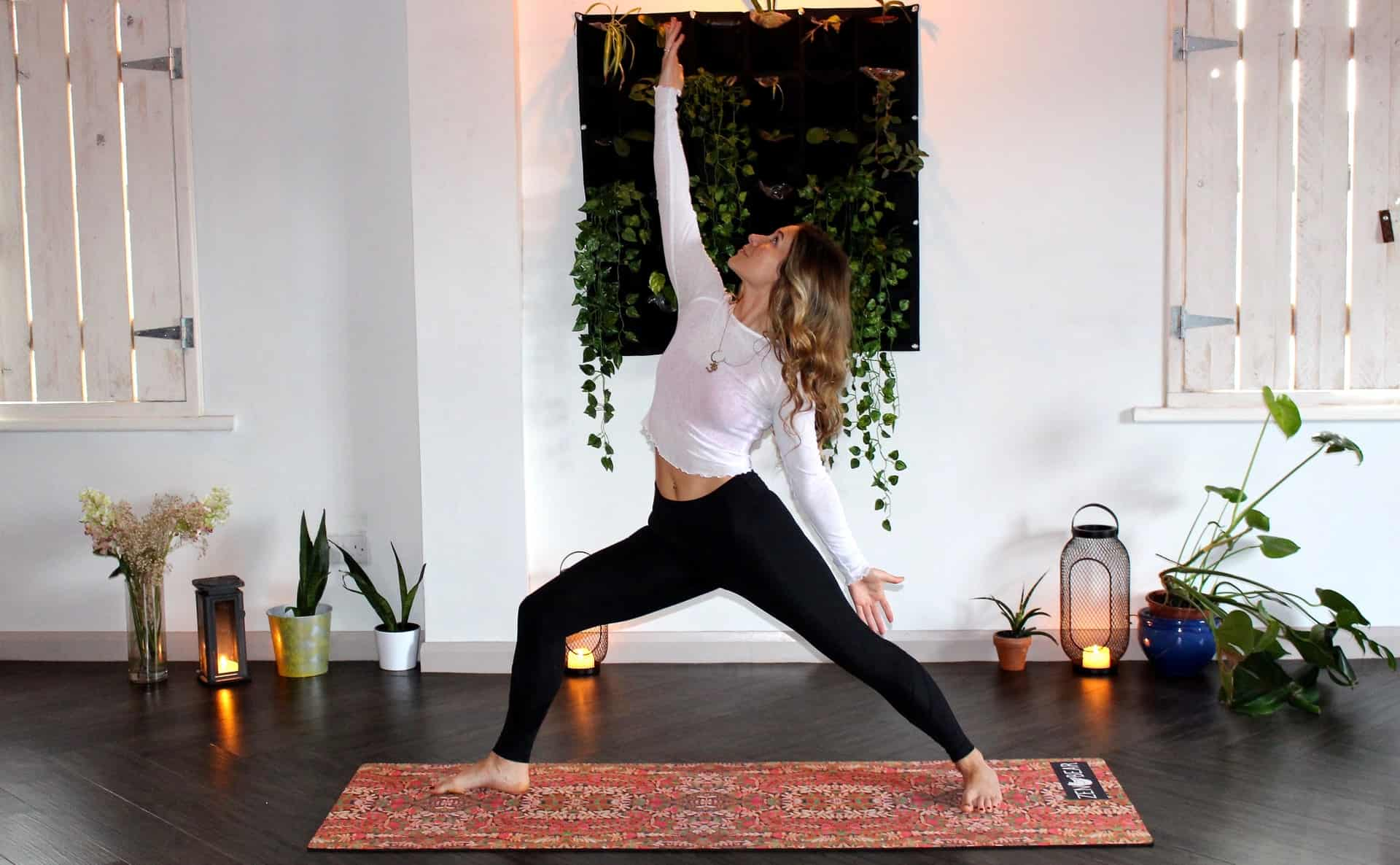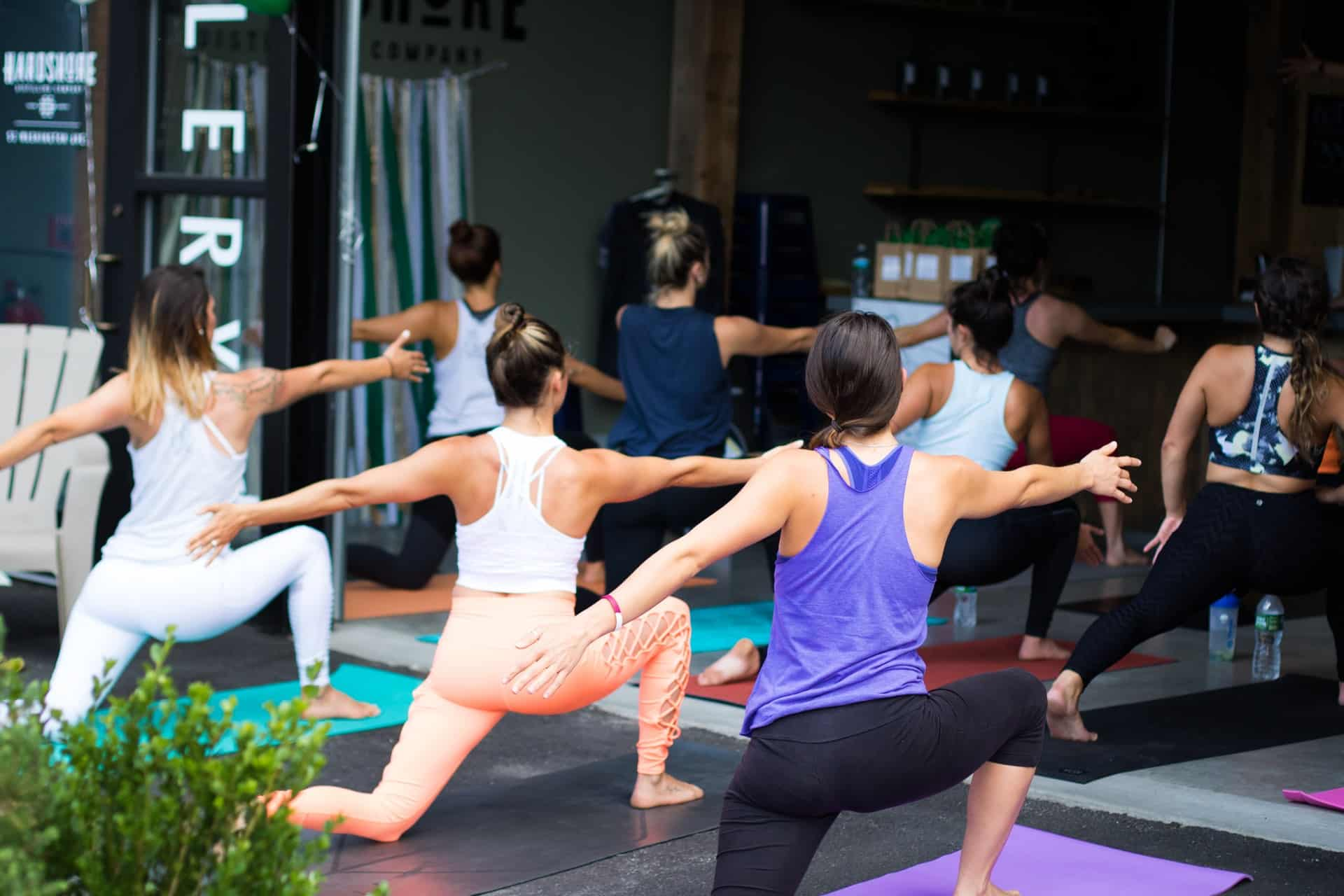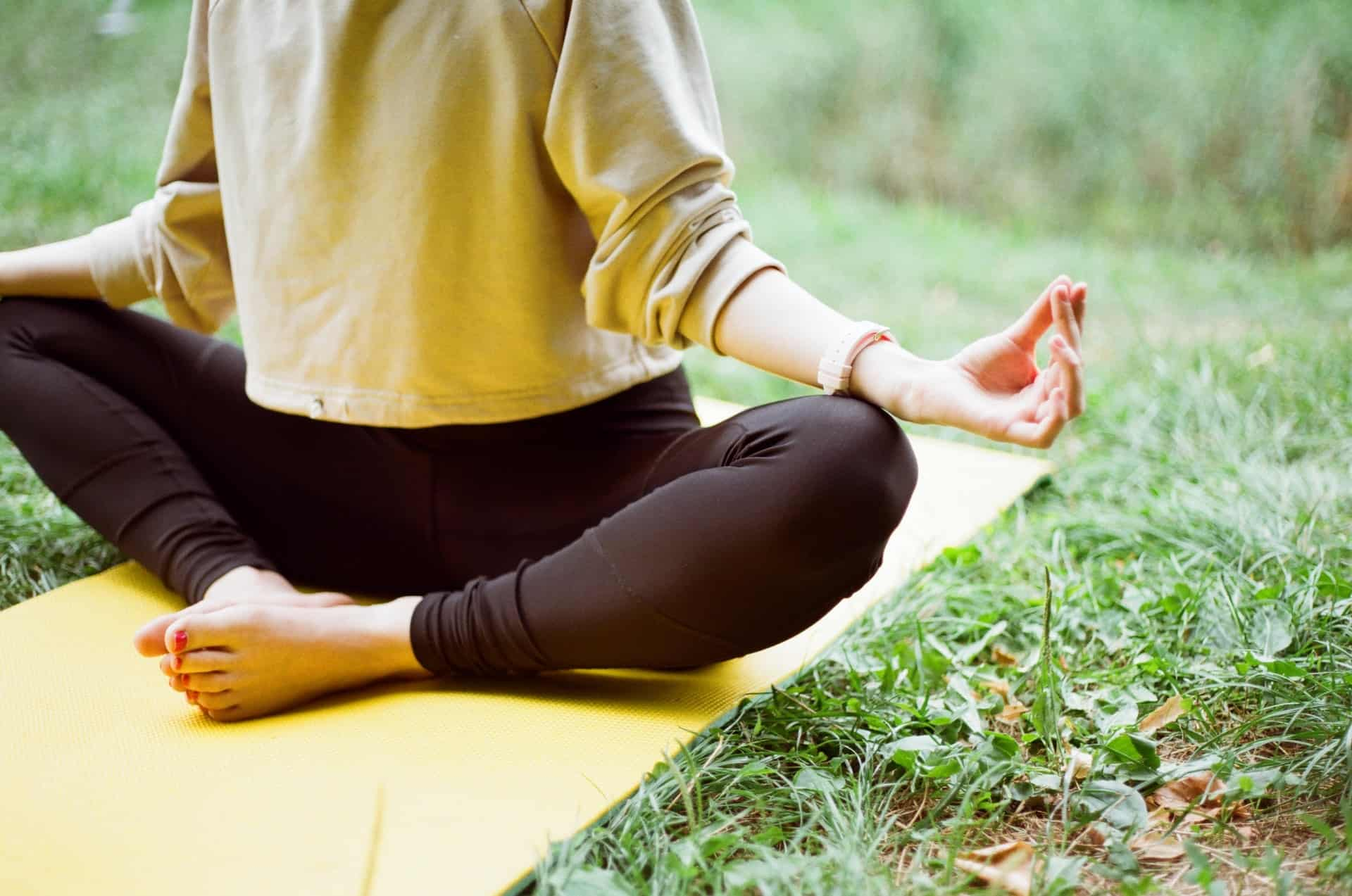
About
Practices vary from wholly secular, for exercise and relaxation, through to undoubtedly spiritual, whether in traditions like Sivananda Yoga or in personal rituals.
Scholars have identified multiple trends in the changing nature of yoga since the end of the 19th century. The effect of postural yoga on physical and mental health has been a subject of study, with evidence that regular yoga practice is beneficial for low back pain and stress.
My practice
Why?
The linear model holds that yoga has Vedic origins (as reflected in Vedic texts), and influenced Buddhism. There is no consensus on yoga’s chronology or origins other than its development in ancient India.
The effect of postural yoga on physical and mental health has been a subject of study, with evidence that regular yoga practice is beneficial for low back pain and stress.
When?
The effect of postural yoga on physical and mental health has been a subject of study, with evidence that regular yoga practice is beneficial for low back pain and stress.
The Middle Ages saw the development of a number of yoga satellite traditions. It and other aspects of Indian philosophy came to the attention of the educated Western public during the mid-19th century.
How?
The linear model holds that yoga has Vedic origins, as reflected in the Vedic textual corpus, and influenced Buddhism; according to author Edward Fitzpatrick Crangle, this model is mainly supported by Hindu scholars.
The effect of postural yoga on physical and mental health has been a subject of study, with evidence that regular yoga practice is beneficial for low back pain and stress.
Photo gallery





Media
- Yoga Journal: “Build Strength With Floating Lotus Pose“.
- Yoga Basics: “The Best Yoga Teachers are Students“.
- Yoga Conference: “Cultivating the Wisdom of Presence“.
- Yogapedia: “Build Strength With Floating Lotus Pose“.
- Body and Mind: “The Best Yoga Teachers are Students“.
- Relax Garden: “Cultivating the Wisdom of Presence“.
- Yoga Journal: “Build Strength With Floating Lotus Pose“.
- Yogapedia: “The Best Yoga Teachers are Students“.
- Yoga Magazine: “Cultivating the Wisdom of Presence“.